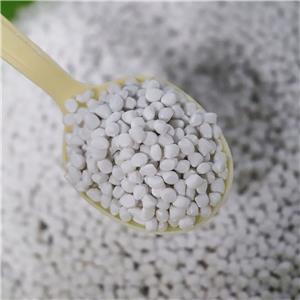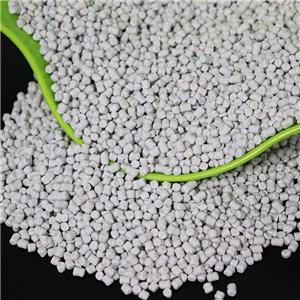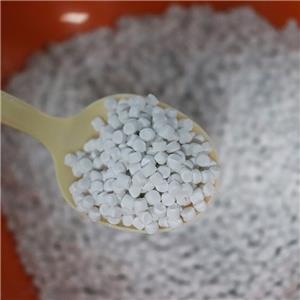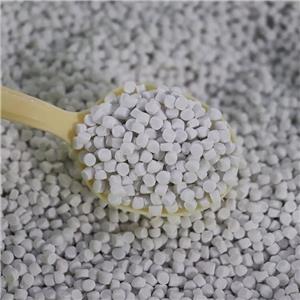Talc surface modification method
Surface Covering Modification: Covering surfactants on the surface of particles to give new properties to the surface of particles, which is a common method nowadays.
Mechanochemical method: A modification method that enhances the surface activity by crushing and rubbing. This method is a relatively large particles through crushing, friction and other methods to make it smaller, the surface activity of the particles in the process becomes larger, that is, the surface adsorption ability to enhance, easy to adsorb other substances, so that the process is simplified, the cost is reduced, and at the same time the quality of the product is easy to control. For example, the old part of the talcum powder is taken by the large particles become smaller methods to enhance its surface activity, and then mixed with the acrylic modified PP materials or PP and PE co-mingled materials, the enhancement of the material is generally used for automotive bumpers, engine parts, air conditioning parts, instrument panels and other industrial accessories, which talcum powder is generally not surface treated. Some domestic will 16.5μm particle size of talcum powder in the mixing mill after crushing coated silane coupling agent so as to achieve the purpose of its modification.
External film layer modification: the surface of the particles uniformly coated with a layer of polymer, so that the surface properties of the particles to change the method. For talcum powder, it can be crushed and activated first, then adsorbed with surfactant under certain conditions, then adsorbed with monomer through surfactant, and finally polymerized to achieve the effect of surface coating.
Local active modification: using chemical reaction on the surface of the particle with different functional groups to achieve the purpose of surface modification.
High-energy surface modification: Utilizing high-energy discharge, ultraviolet rays, plasma rays, etc. for surface modification of particles. This method is to modify the surface of particles by utilizing the huge energy generated by high-energy discharge, ultraviolet rays, plasma rays, etc. to make the surface active. It improves the compatibility of the particles with the polymer.
Precipitation reaction modification: Modification by precipitation reaction. This method utilizes the precipitation effect to coat the surface of particles to achieve the effect of modification.




